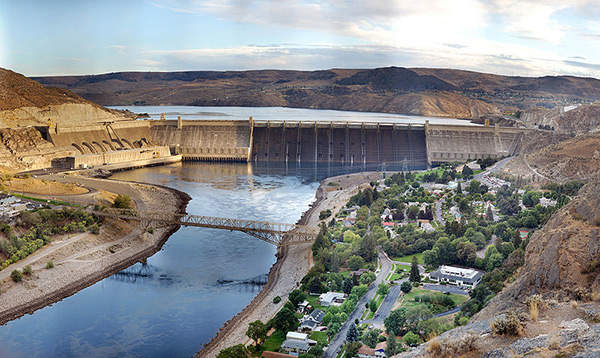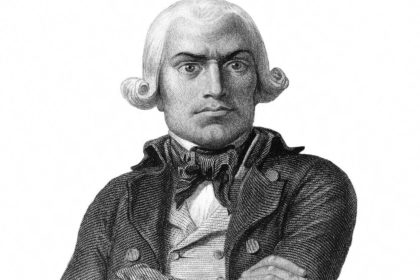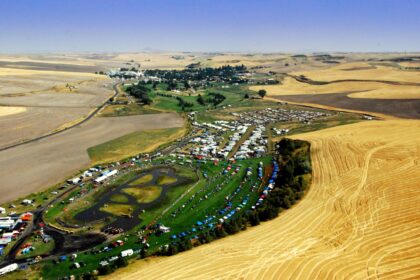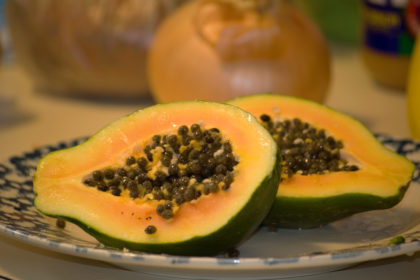Coulee Dam is a town in Douglas, Grant, and Okanogan counties in the State of Washington. Take a look below for 15 interesting and awesome facts about Coulee Dam, Washington, United States.
1. The Douglas County portion of Coulee Dam is part of the Wenatchee–East Wenatchee Metropolitan Statistical Area.
2. The population was 1,098 as of the 2010 census.
3. Coulee Dam was founded by the U.S. Bureau of Reclamation in 1933, to serve as headquarters for the construction of the Grand Coulee Dam.
4. The Okanogan County portion was known as Mason City, location of the head contractor. The Portions in Douglas and Grant Counties were known as Engineers Town and were government owned.
5. In 1942 with the end of the contract in sight, CBI transferred control of Mason City to the Municipal Division of the Columbia Basin Project.
6. In 1948 Mason City was incorporated into Coulee Dam.
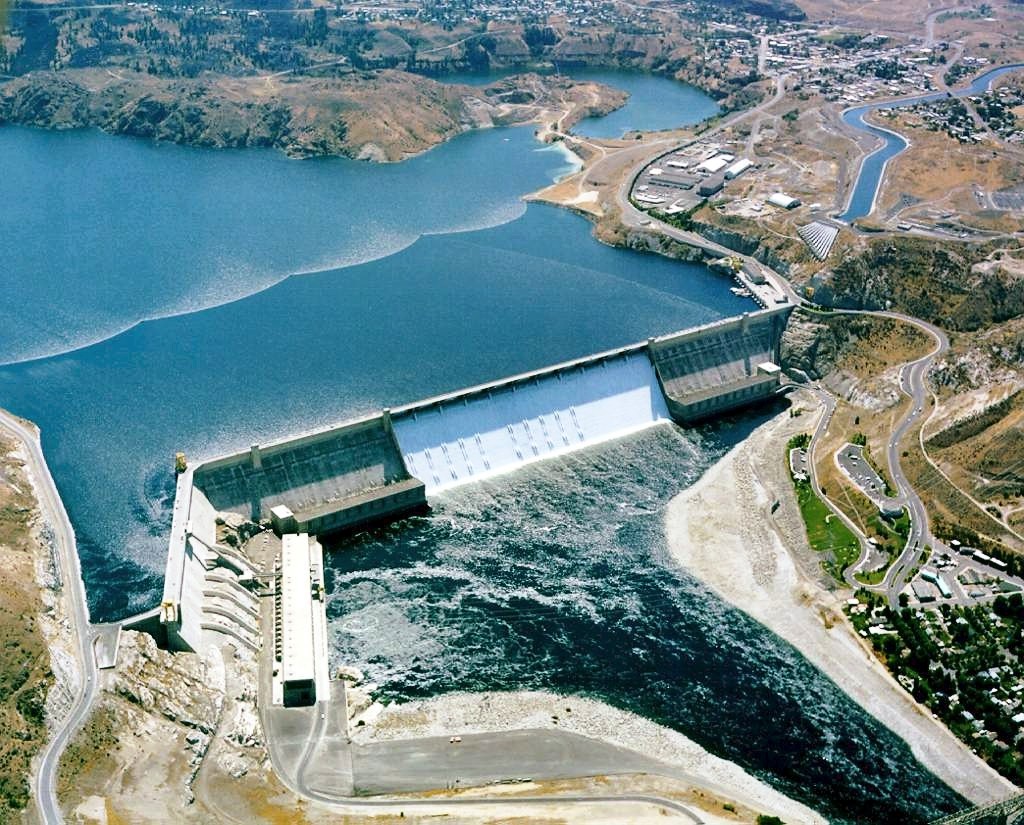
7. The government began the process of selling the town to the public in 1957, finishing in 1959. Coulee Dam was officially incorporated as a town on February 26, 1959.
8. It is the headquarters of Lake Roosevelt National Recreation Area, and home of one of the world’s largest man-made piles of sand, a 12,000,000-cubic-yard (9,200,000 m3), 230-foot (70 m)-high hill remaining from dam construction.
9. Coulee Dam is located at 47°58′6″N 118°58′41″W (47.968467, -118.978162).
10. The Okanogan County portion lies within the Colville Indian Reservation, and forms the southern limit of the Okanogan Highlands.
11. According to the United States Census Bureau, the town has a total area of 0.78 square miles (2.02 km2), of which, 0.72 square miles (1.86 km2) is land and 0.06 square miles (0.16 km2) is water.
12. This climatic region is typified by large seasonal temperature differences, with warm to hot (and often humid) summers and cold (sometimes severely cold) winters. According to the Köppen Climate Classification system, Coulee Dam has a humid continental climate, abbreviated “Dfb” on climate maps.
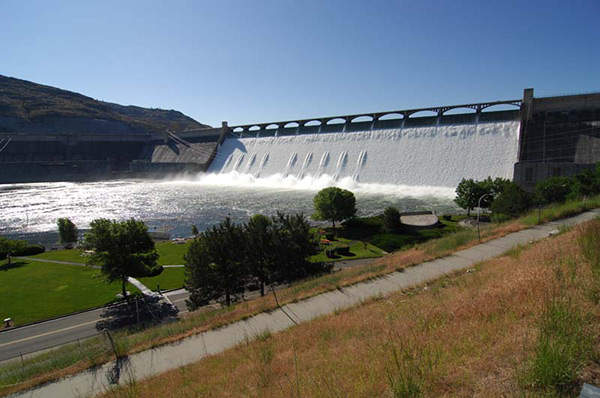
13. As of the census of 2010, there were 1,098 people, 459 households, and 301 families living in the town. The population density was 1,525.0 inhabitants per square mile (588.8/km2). There were 534 housing units at an average density of 741.7 per square mile (286.4/km2).
14. The racial makeup of the town was 55.0% White, 0.5% African American, 35.5% Native American, 0.7% Asian, 2.4% from other races, and 5.9% from two or more races. Hispanic or Latino of any race were 6.7% of the population.
15. There were 459 households, of which 29.8% had children under the age of 18 living with them, 42.9% were married couples living together, 15.7% had a female householder with no husband present, 7.0% had a male householder with no wife present, and 34.4% were non-families. 30.5% of all households were made up of individuals, and 12.9% had someone living alone who was 65 years of age or older. The average household size was 2.39 and the average family size was 2.93.

